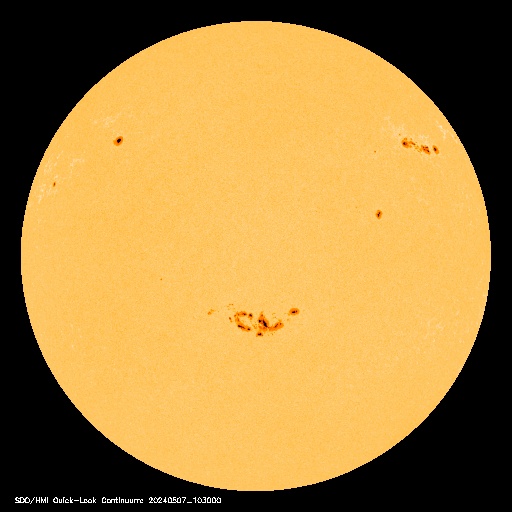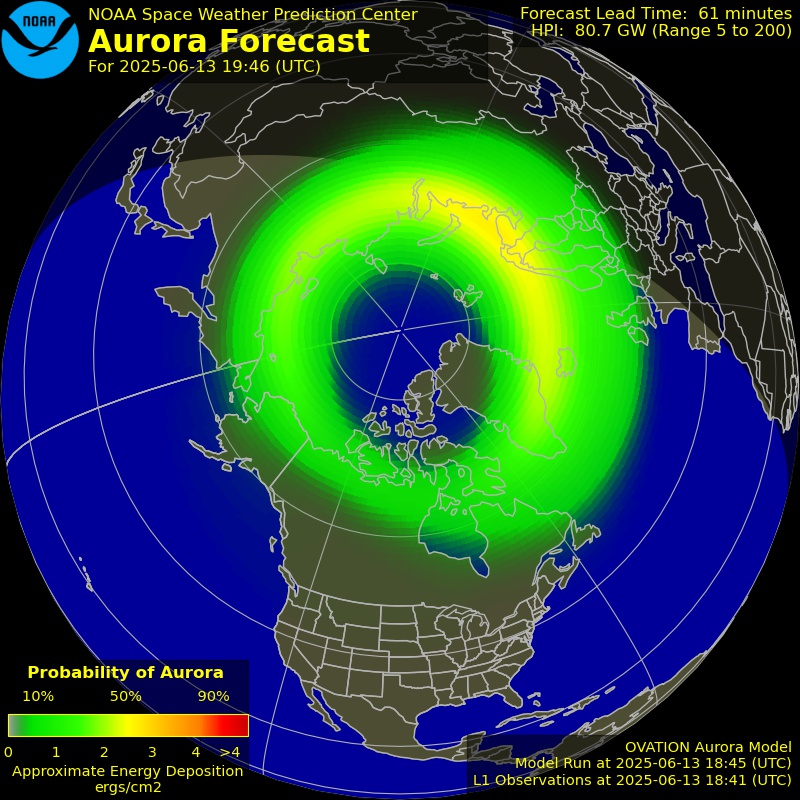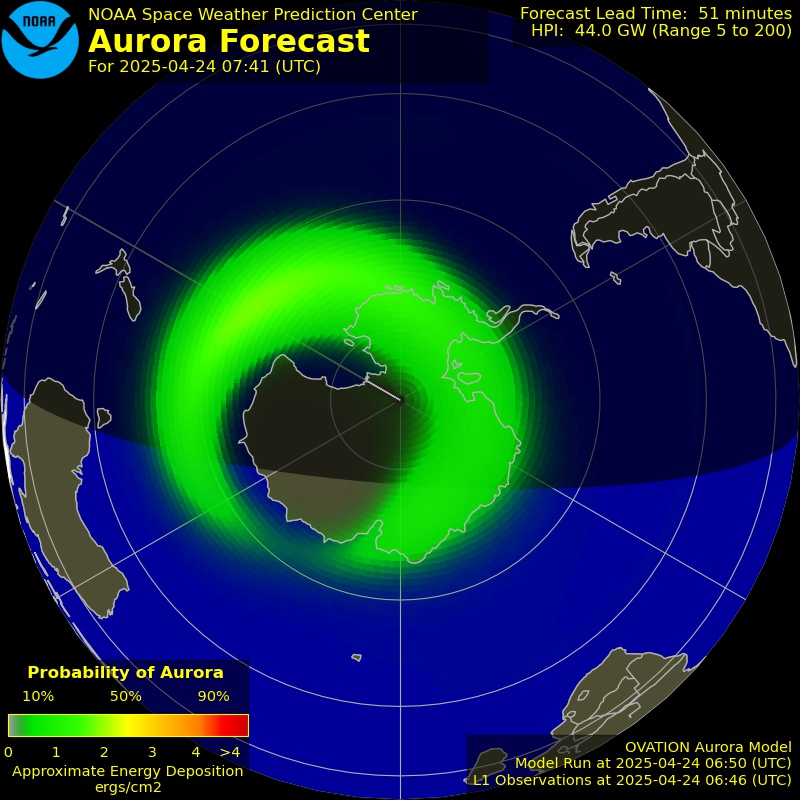Surprisingly, most amateur astronomers have never seen as asteroid. But this week Asteroid 2 Pallas, the second one discovered, and the second biggest, will make a very close pass to the mag. 3.5 star Iota Ceti (also sometimes known as Deneb Kaitos Shemali, or Deneb Kaitos Al Shamaliyy) on 29 September. Pallas will be magnitude 8.3, so almost 5 magnitudes fainter than the star, but it will be readily visible in a small telescope. Iota Ceti is a K type giant star, so it should appear slightly orange in color.

Hubble images of the asteroid Pallus.
The largest object in the asteroid belt, Ceres, has been re-classified as a dwarf planet, so that leaves Pallas, along with Vesta (recently visited by NASA’s Dawn spacecraft) as the two largest asteroids. All three objects were discovered in the early years of the 19th century.
If was William Hershchel who called these objects “asteroids” which literally means “star-like”. In the telescopes of the time, these objects were so small that they looked just like stars. However, they’re just lumps of broken rock and dust left over from the formation of the solar system.
German astronomer Heinrich Wilhelm Olbers discovered Pallas on March 28, 1802. Five years later, almost to the day, on March 29, 1807, he also discovered the asteroid Vesta. Since Herschel had still yet to coin the term “asteroid”, these were known as planets in their own right in the literature of the time.
Olbers proposed that the asteroid belt, where these objects lay, contained the remnants of a planet that had been destroyed. The current view of most scientists is that tidal effects from Jupiter disrupted the planet-formation process in the asteroid belt.
Olbers is also famous for his paradox – Olbers’ paradox – described by him in 1823 (and then reformulated in 1826), which states that the darkness of the night sky conflicts with the supposition of an infinite and eternal static universe.
Pallas is 582 x 556 x 500 kilometers (362 x 345 x 311 miles) in size. In a small telescope it appears like an 8th magnitude star. The only way to positively confirm you’ve seen it is to check its position over a couple of nights. It will move against the background stars
Despite the depictions of asteroid belts in sci-fi dramas and movies as being chock-a-block with objects, in fact asteroids are widely separated from each other and if you were standing on one, you’d need binoculars to see your closest neighbor.
Pallas has one remarkable feature – it’s orbit is tilted at 35 degrees to the ecliptic which is one of the most extreme tilts of any object in the solar system. And, rather than moving left-right like most solar system objects, it actually moves almost north-south. Also, like Uranus, its pole points almost parallel to the plane of its orbit. Which make it a good candidate for being involved in a major collision some time in its past.
Filed under: Asteroids & NEOs



















